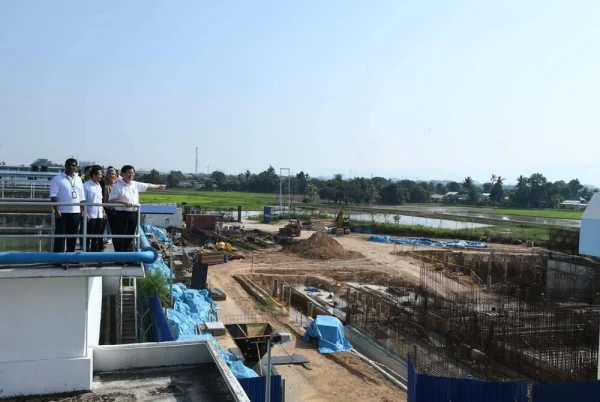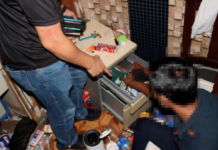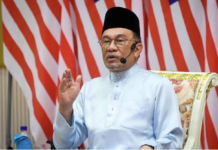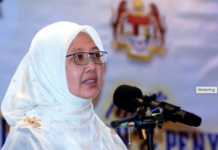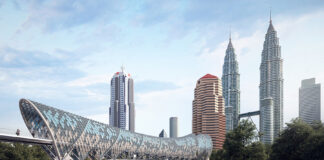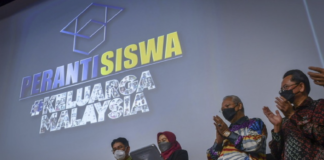BUTTERWORTH, May 13 — The Penang Water Supply Corporation (PBAPP) is investing some RM1.185 billion to implement important water supply projects over the next five years in an effort to provide reliable and efficient water supply services.
Chief Minister Chow Kon Yeow, who is also PBAPP chairman, said the projects involved eight main components, including three new ones with all of them listed under the PBAPP 2030 Water Contingency Plan or better known as WCP 2030.
“Originally, PBAPP had listed five projects or components under WCP 2030 with a total estimated cost of RM842 million, namely the new Bukit Panchor Water Treatment Plant (LRA), Package 12A at Sungai Dua LRA for additional water treatment modules, the Mengkuang Dam LRA, Sungai LRA Kerian Phase 1 and Sungai Perai water supply scheme, including pre-treatment of raw water.
“The five projects are targeted to be completed between this year and 2028, which will optimise and increase PBAPP’s water treatment capacity and its implementation will also enable Penang to take advantage of three new additional sources of raw water on the mainland, namely the expansion of the Mengkuang Dam, Sungai Kerian in Seberang Perai Selatan and Sungai Perai,” he said at a press conference here today.
Chow earlier went on a technical visit to inspect the development of Package 12A at LRA Sungai Dua, here which was also attended by PBAPP chief executive officer K. Pathmanathan.
Chow said this month, PBAPP added three new projects or components in the WCP 2030 portfolio with an additional projected cost of RM343 million which involved the installation of a 1,800mm distribution pipeline along 13 kilometres (km) from LRA Sungai Dua to Butterworth by 2024.
He said the other two projects are the installation of a 3.9km long 1,800mm water distribution pipeline from the Macallum area to the Bukit Dumbar reservoir and pump station on the island side and the construction of a new LRA in Sungai Muda to increase the water treatment capacity by 114 million liters per day ( MLD).
“The three projects will facilitate and enhance the pumping of more treated water from the Sungai Dua LRA in Seberang Perai to the island and although most of the WCP 2030 project is located in Seberang Perai to meet water demands on the mainland, we will also supply more treated water to the island to reduce the risk of water shortage, especially during the dry season.
“The WCP 2030 project can also handle a projected maximum water demand of 1,500 million liters per day in Penang by 2030 and from a water supply point of view this is a good safety margin,” he said.
Chow, however, said that Penang would still require the Perak River Raw Water Distribution Scheme, or SPRWTS, and the state government will continue to work to ensure its implementation for the benefit of the state’s 1.74 million residents.




